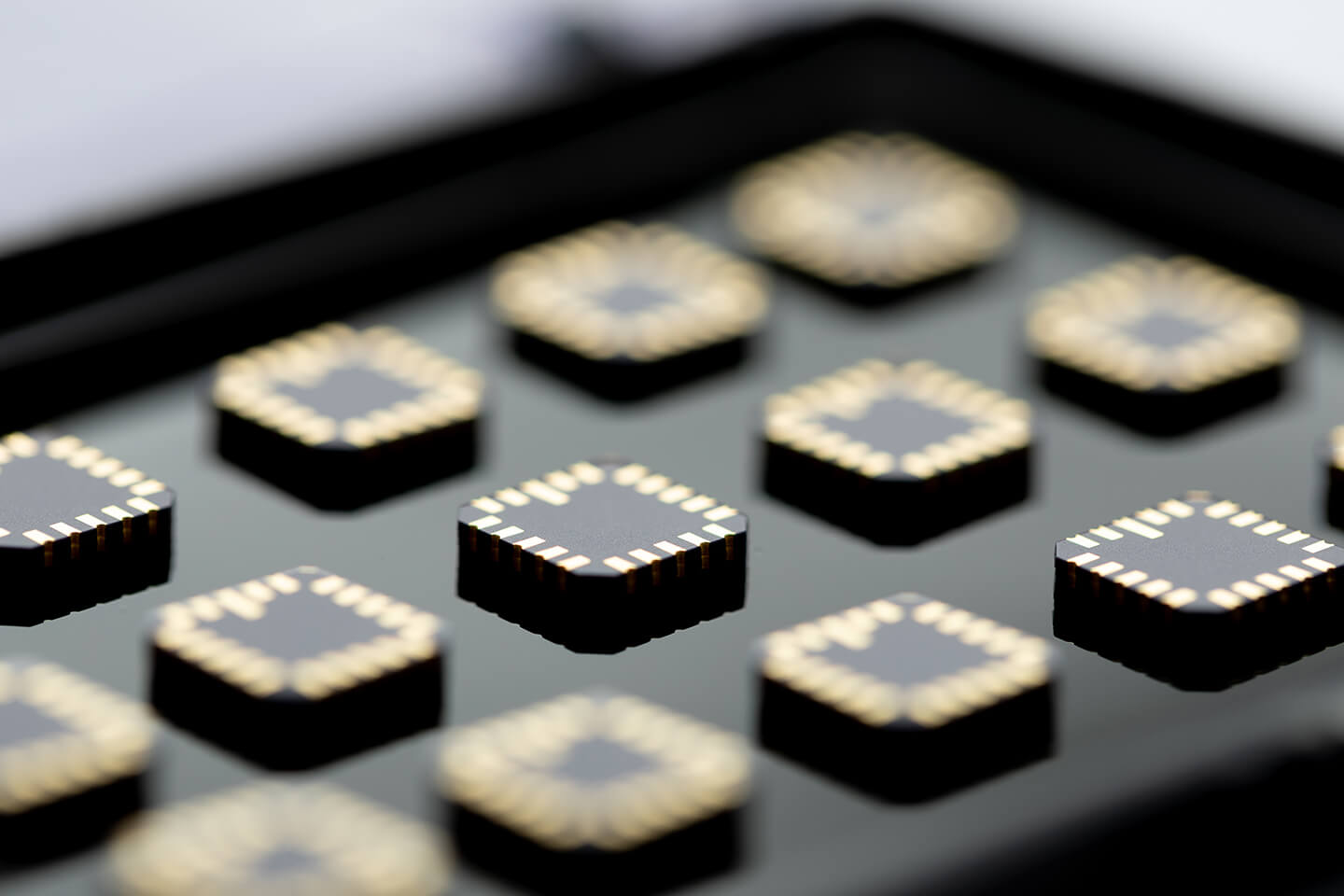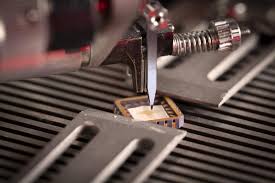After a successful Series B funding round, Paragraf is ready to take on bigger challenges – venturing into graphene-based biosensing
Of all the non-silicon materials being researched and developed, one with arguably the most potential impact is graphene. Still, to this point, graphene electronics have only reached the market in limited applications, with Hall effect sensors being the most notable.
On the 1st of March, graphene electronics pioneer Paragraf made headlines with the announcements of a successful Series B round of funding, raising $60M total. All About Circuits had the chance to talk with Dr. Simon Thomas, CEO of Paragraf, to hear about the company’s plans for the future.
Paragraf Raises $60M
With a new rounding of funding totaling $60M, Paragraf has three direct and immediate priorities.
The first priority on Thomas’ list is to achieve commercial expansion. “We have our Hall sensor now, and it’s getting great traction. We just opened our American entity literally three weeks ago,” he explained. “I’m about to come over to the U.S. to find a place for an American office and find our first sales director in the U.S.”

Paragraf’s graphene Hall sensor. Image used courtesy of Paragraf
The second priority is to increase the company’s manufacturing capability. As Thomas explained, Paragraf is identifying partners to work with to build its own fab. In addition to boosting Paragraf’s production capacity for its existing graphene electronic devices, the fab will also demonstrate to other potential foundry partners that graphene technology is manufacturable and that Paragraf’s technology can be applied to their current production capabilities.
Thomas elaborated: “To reach our desired scales, we’ve got to have fab partners to help us. Because we want to accelerate our development and accelerate our selling power, we’re putting plans down for a fabrication facility, and we’re just deciding where that’s going to be now.”
The final priority is to expand the applications of graphene technology—with biosensing being the most likely candidate. “Currently, there’s a big development going on in Paragraf, which has to do with solid-state biosensing,” Thomas said. “Moving on from the Hall sensor, we’ve gone to a slightly more sophisticated solid-state device.”
Specifically, Paragraf is interested in in-vitro diagnostic (IVD) testing.
Why Graphene for Biosensing?
As it stands today, IVD testing in hospital laboratories can take more than 24 hours to return a result from a bedside blood test. Pre-analytical errors—in sample preparation, documentation, sample delay—can also invalidate the test.
Thomas noted, “Most IVD techniques are optical, not direct electrical sensing techniques. So, in order for you to see things in optical cases, you need to tag the molecule. You need to prep the blood, and that’s the most time-consuming process. The sample is then processed in the hospital laboratory as a routine test in more than 24 hours or as an expensive emergency test in a few hours, assuming the equipment is available.”

Prototype graphene biosensor in development. Image used courtesy of Paragraf
Graphene biosensing, with its extremely high conductivity, offers a solid-state, electrical alternative to this process. “With graphene, if you bring a charge anywhere near the surface, because of its conductivity and the freedom of the electrons above the carbon layer, you instantly get a very, very strong reaction that you can detect,” Thomas continued. “So in biosensing applications, you can put a layer on top of the graphene that could be something like a protein. And then if a specific molecule you want to detect comes close to that protein, an electrical signal results, which can be detected.”
With graphene-based biosensing, you not only achieve extremely high sensitivities but you can also get a near-instant reaction. Instead of the hours taken for standard IVD processes, a graphene-based solution can feasibly provide results in under a minute.

Example of a biosensor device, including a graphene layer that acts as a transducer and biomolecules as receptors. Image used courtesy of MDPI
While Thomas couldn’t reveal the nature of Paragraf’s intended biosensor, he told us that it will be “a point of care device for primary and secondary care that will allow a very important disease detection.”
Paragraf Invites More Graphene Development
With a new round of funding and ambitious plans for the future, Pargraf intends to blaze a trail for graphene electronics and prove its widespread viability at the same time. In the future, Thomas envisions graphene going beyond sensing and even into logic and processors. Optimistic about the technology’s potential, Thomas concluded, “I want there to be more companies doing this stuff because we can’t do even 1/1000 of what is possible with graphene.”
For now, the company will maintain its focus on expansion, production, and new sensing capabilities for the medical industry.


